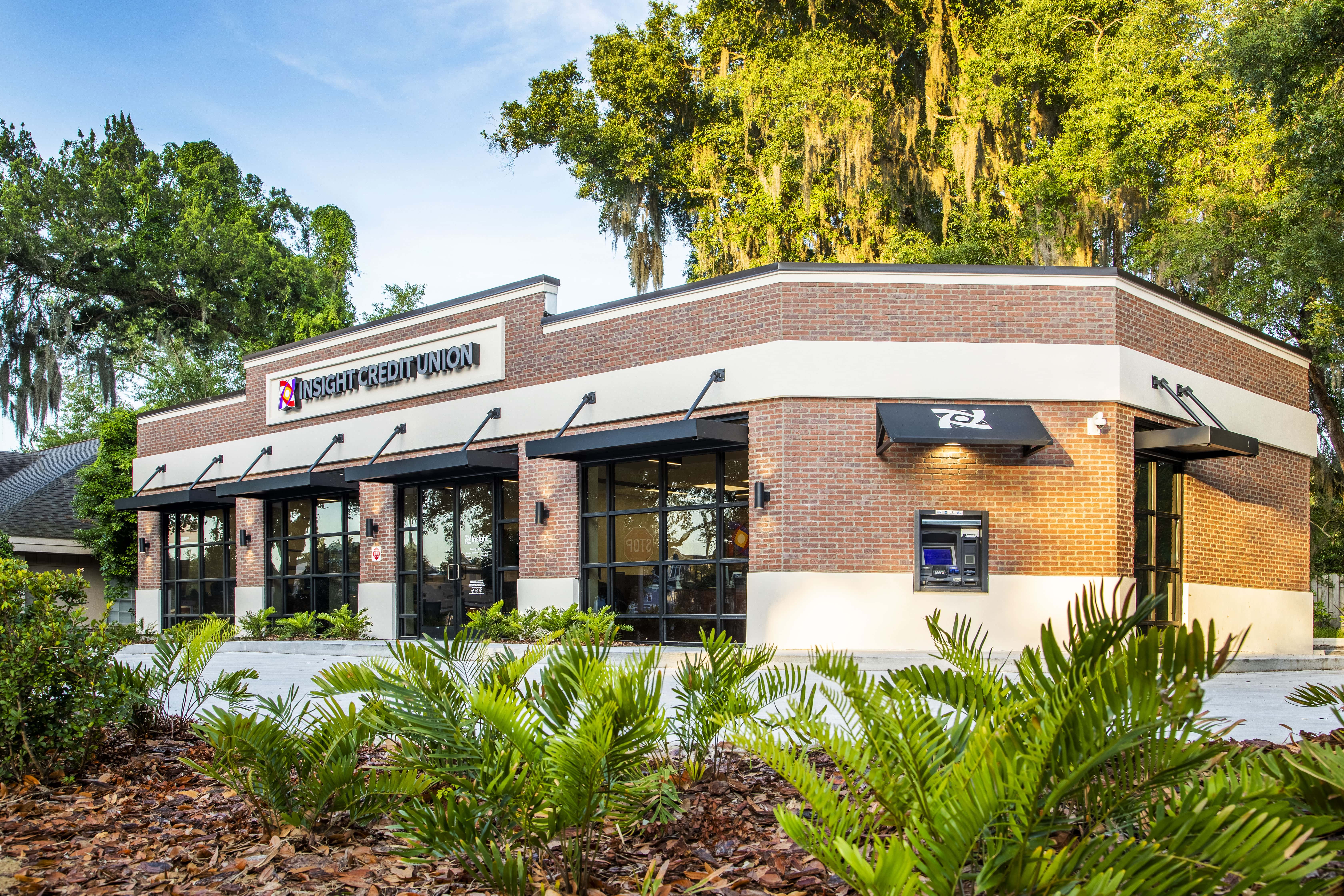Is Adaptive Reuse Right for Your Business?
Adaptive reuse is a growing trend in areas where older buildings stand vacant and empty land is challenging to find. New construction costs can be prohibitive and adaptive reuse can make purchasing a building more affordable.
You may be wondering if adaptive reuse makes sense for your business. We’ll discuss a few different facets of adaptive reuse to provide some insights to help you make that decision.
Deciding to purchase an older building and update it for a new business is a bit more complicated than buying a building, applying paint, and installing new floors. Some of the factors to consider are local codes and regulations, the condition of the structure, and the existing structural design. Local code may require that the facility be used for particular industries or specific updates are made to bring the building to current specifications. When evaluating the condition and design of the space, it’s essential to consider the updates needed to make it a viable facility for your business. Early partnering with an experienced design and construction team can help assure that the structure will work for your plans.
Adaptive reuse is a sustainable way to support eco-friendly initiatives for companies concerned with environmental impacts. In 2018 the EPA estimated 600 million tons of construction & demolition debris were generated in the USA, with close to 145 million tons sent to landfills. Adaptive reuse requires fewer materials and produces less waste than demolition and new construction. It also helps preserve green spaces as new land does not need to be developed. A question that comes up is energy consumption since older structures are not typically energy efficient. Efficiency can be provided by updating insulation, windows, HVAC systems, and other energy-efficient features.
In most situations, adaptive reuse is more cost-effective than new construction as you use an existing structural shell and interior elements that are salvageable. Municipalities may offer tax incentives for adaptive reuse as they look to update their business or industrial areas. There are also federal tax incentives for the rehabilitation of historic buildings. If you’re looking into this construction option, we recommend researching the current incentives and discussing them with your accountant.
Adaptive reuse works well in historic districts, allowing the area to retain its charm while bringing in new businesses. Many companies benefit from adaptive reuse, with some of the most prevalent being older homes or gas stations turned into restaurants, coffee shops, or salons. In some areas, larger industrial spaces have been reimagined into craft co-ops, allowing small storefront areas for crafters, plant shops, and even specialty food markets. Andrew General Contractors converted a gas station built in 1929 into a stunning location for Insight Credit Union. There are many options for repurposing an existing structure to provide your business with a unique new space.
When choosing to go the adaptive reuse route, one of the most critical factors is working with a team that understands the process and can turn your vision into reality. Andrew General Contractors is that team. We’d love to chat with you and discover your vision!
